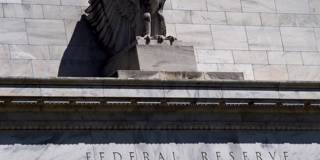
Monetary Finance Is Here
There is no doubt that monetary finance is technically feasible and that wise fiscal and monetary authorities could choose just the “right” amount. The crucial issue is whether politicians can be trusted to be wise.

There is no doubt that monetary finance is technically feasible and that wise fiscal and monetary authorities could choose just the “right” amount. The crucial issue is whether politicians can be trusted to be wise.
LONDON – In response to the COVID-19 pandemic, the US Federal Reserve will buy unlimited quantities of Treasury bonds, the Bank of England will purchase £200 billion ($250 billion) of gilts, and the European Central Bank up to €750 billion ($815 billion) of eurozone bonds. Almost certainly, central banks will end up providing monetary finance to fund fiscal deficits. The only question is whether they should make that explicit.